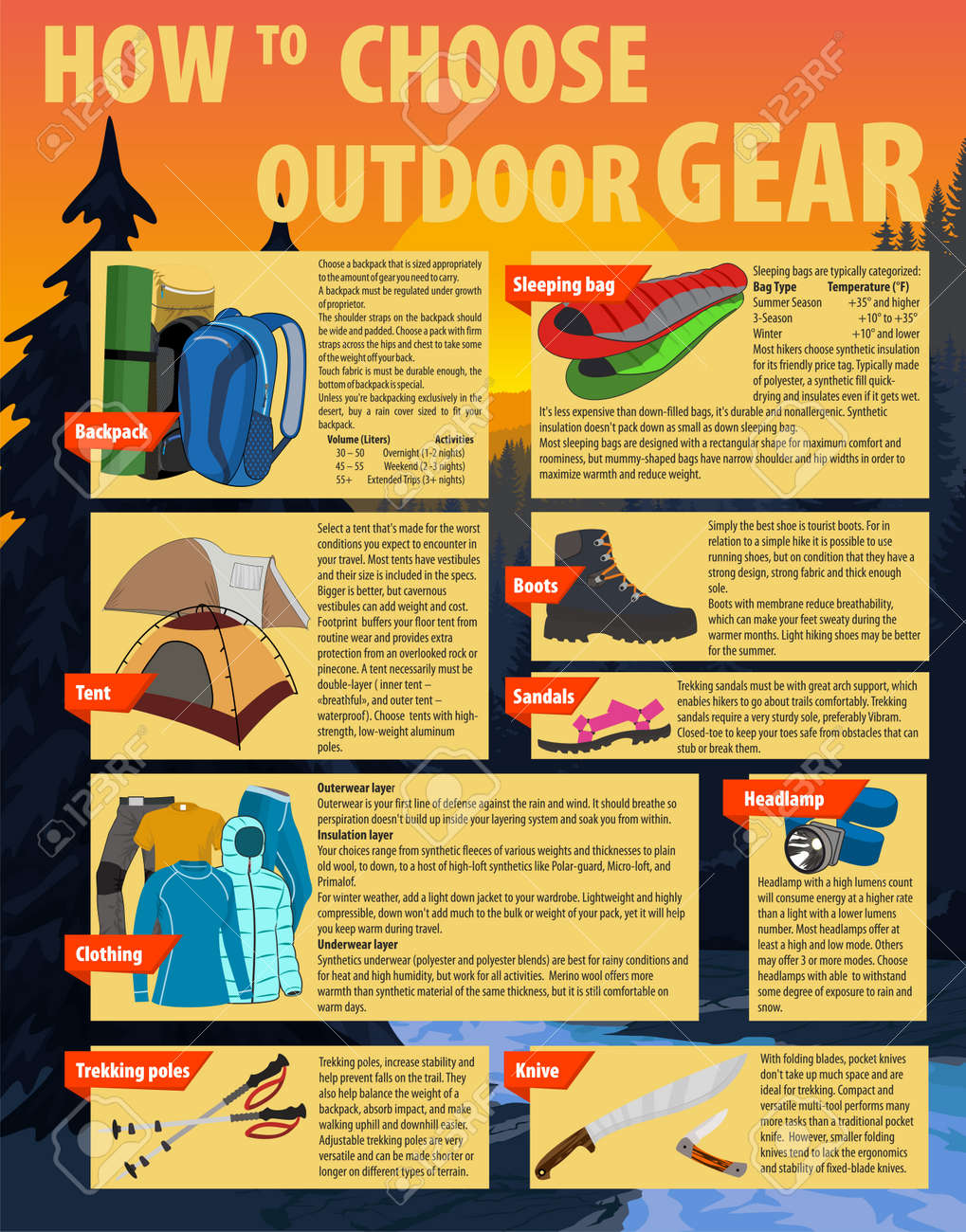Selling Your Camping Tents Product Online In Your Virtual Store
Selling Your Camping Tents Product Online In Your Virtual Store
Blog Article
Just How Essential Are Camping Tent Footprints/Ground Cover?
Camping tent footprints are a terrific method to safeguard your tent floor from abrasions and expand its useful life. Mostly all equipment producers provide their own brand-specific footprints that are made to match their details outdoor tents designs.
What is a glamping trip?
This tailored technique offers simplicity of setup and minimizes the threat of rain seeping in via the seams.
What are they?
Tent impacts (likewise known as outdoor tents ground sheets or under camping tent pads) give a layer of security in between the base of your camping tent and the outside atmosphere. They shield your outdoor tents from sharp things, dampness, and unpleasant surfaces.
Most camping tent suppliers provide their very own well-known footprints created to fit perfectly with their marked shelter designs. Nonetheless, these are normally expensive and fairly heavy compared to do it yourself options like Polycryo or Tyvek.
Impacts are commonly made from resilient, water-proof materials such as polyurethane, nylon or silnylon. For ultralight backpackers looking for to decrease pack weight, there are also light-weight, high-strength alternatives made from Cuben Fiber (Dyneema). It is essential to pick an impact that's slightly smaller sized than your outdoor tents to prevent rain from trickling down the sides of your shelter and channeling below you while you sleep-- no person wants to wake up in a pool! An impact is a worthwhile addition to any type of outdoor camping trip. It helps make sure a lengthy life expectancy for your tent while adding convenience and satisfaction.
Just how vital are they?
Outdoor tents impacts secure the base of your outdoor tents from abrasion and wetness, helping to extend its lifespan. They're generally made from waterproof and dirt-resistant materials like polyethylene or a light-weight oxford polyester, though the denier of the material will differ (the higher the denier number, the thicker and burlier).
Most impacts are made to exactly match the shape of your outdoor tents's flooring, which aids minimize material waste. Many have grommets or loops through which you can weave guylines for tension and stakes, guaranteeing that the footprint is safely held down.
If you camp in rough surface or areas where there's a great deal of downed branches and sharp rocks, an outdoor tents footprint is well worth the included weight and mass. But if you often camp in completely dry, sandy or rocky conditions, an impact may be overkill. A tarpaulin is tent designers a far better option because instance.
Do you usually load one?
If you're camping on a very flat surface area where rocks and sticks aren't a concern, a tent footprint possibly isn't necessary. If you are in the backcountry with a great deal of rough terrain, an impact can make life much easier.
Footprints are normally sized a little smaller than the base of the camping tent. That's due to the fact that a bigger footprint would capture rainfall and channel it under the tent, where you could get up in a pool.
Nonetheless, footprints can be expensive and heavy if you get one from the supplier of your tent (the Big Agnes Tiger Wall UL 2 footprint, for instance, sets you back $70 and considers 6 ounces). You can conserve money and weight by making your own DIY footprint by reducing an item of Tyvek or various other water-proof textile to the exact dimensions of your shelter. You can even add grommets for simple accessory. The major advantage of an impact is that it aids to protect the floor of your backpacking tent from rough aspects such as rocks and twigs.
Exactly how do you maintain them clean up?
A supplier's impact can include substantial weight to your sanctuary system and if you're an ultralight backpacker attempting to conserve every ounce, it could not deserve it. For this reason, many backpackers will use a DIY groundsheet that's made out of something like Tyvek or Polycryo and cut it to size for their tent footprint.
This alternative is reasonably cheap and will protect your tent from moisture, rocks, thorns, sticks, and so on, while additionally aiding to maintain all-time low of your camping tent completely dry.
If you do make a decision to buy a footprint, make sure it's developed specifically for your specific tent as this will certainly help in reducing water merging around the sides of your shelter. For example, if your tent footprint is also huge and prolongs past the edge of your rainfly, it will collect rains which can permeate right into lighter-weight camping tents and potentially wear down the floor. See to it it fits your outdoor tents rather comfortably to avoid this.
How much does a good tent cost?
